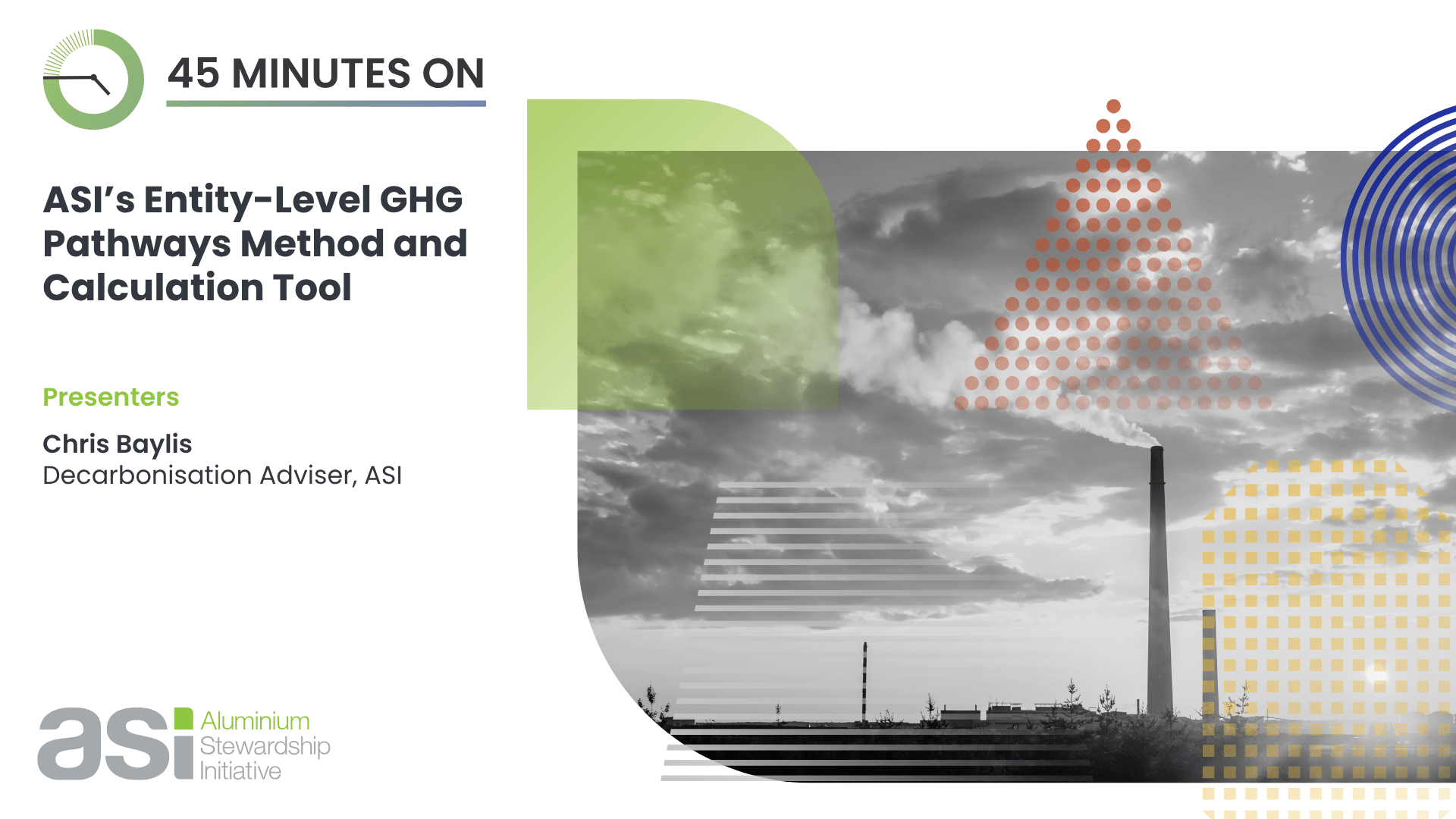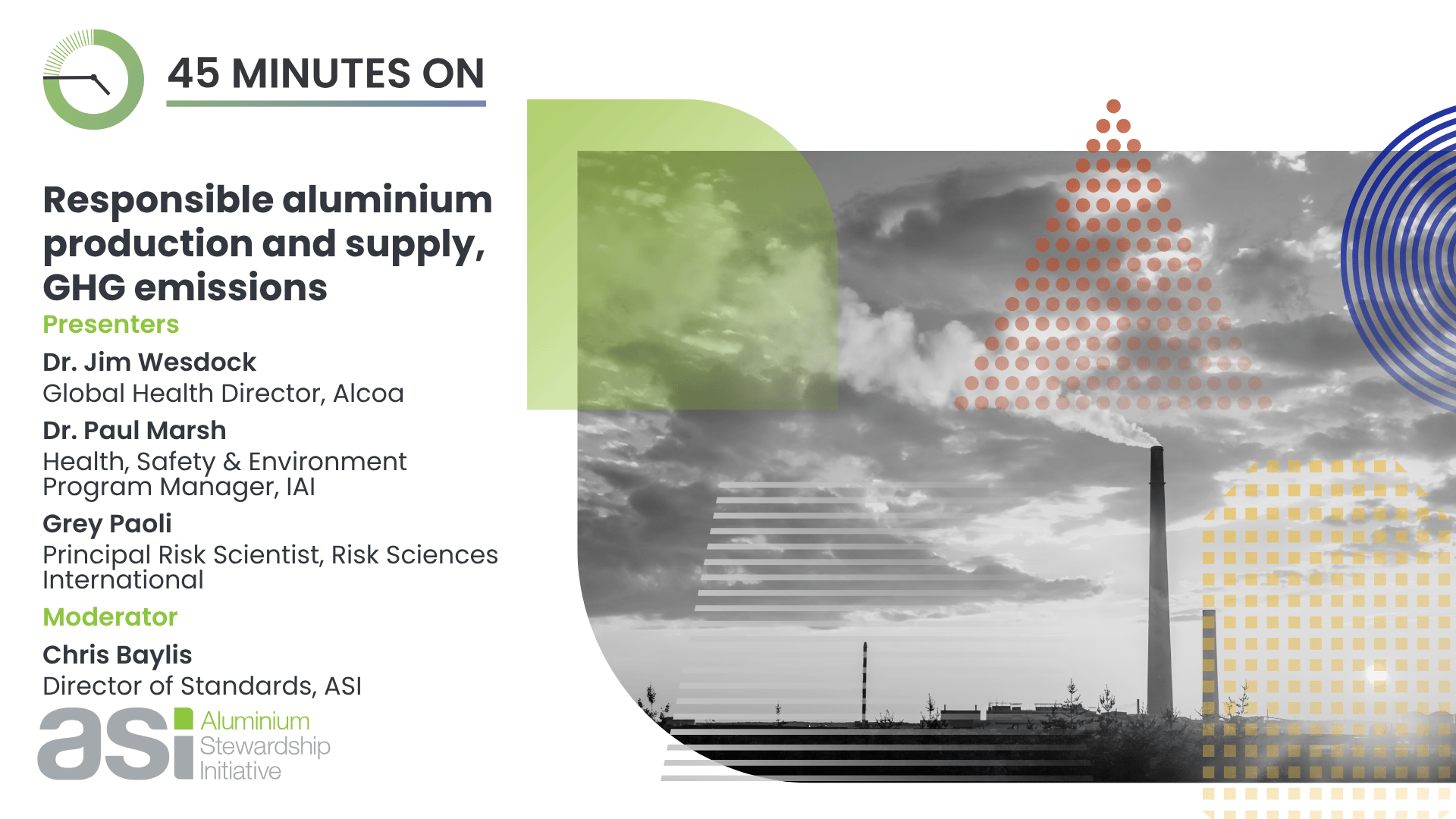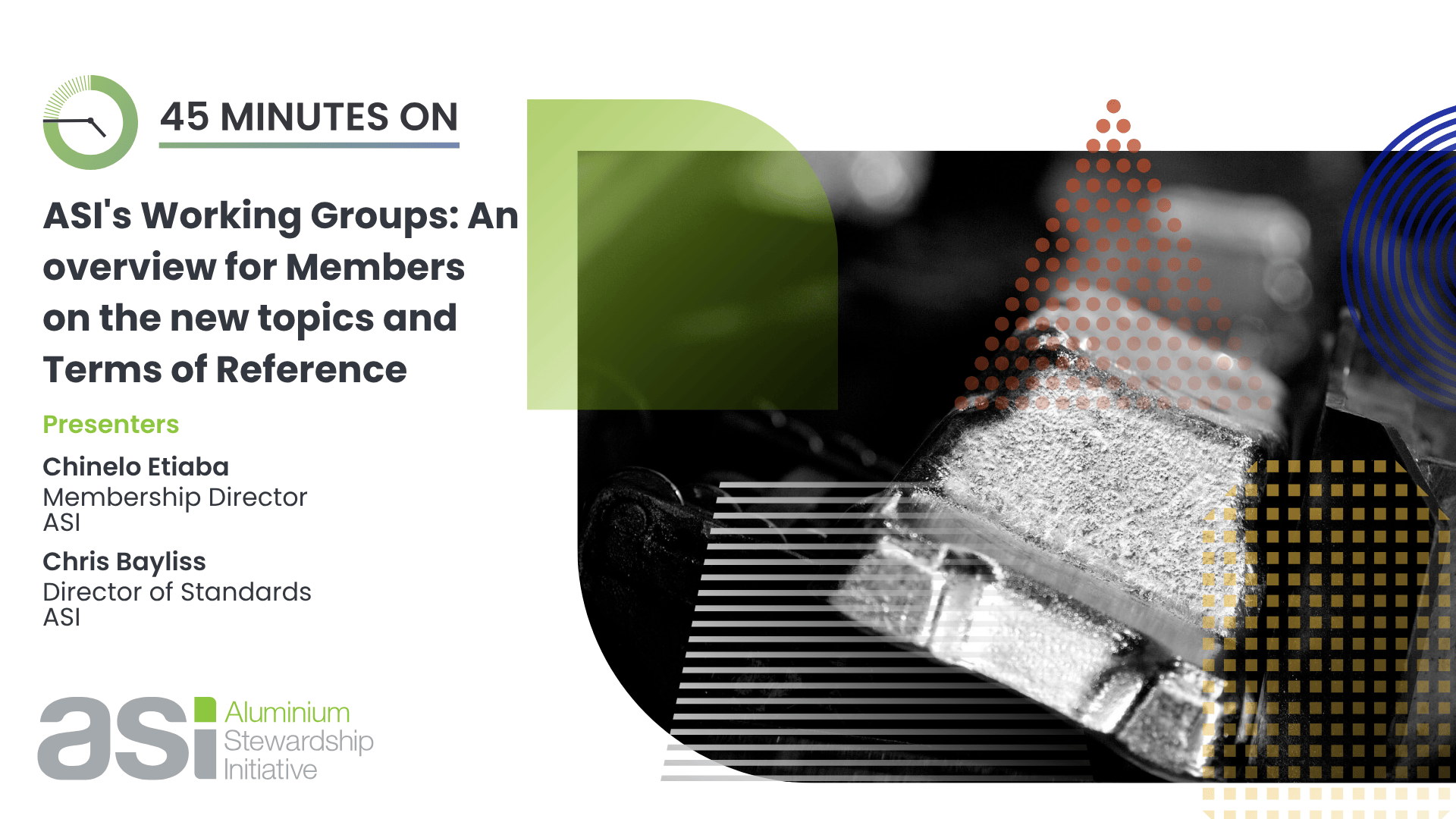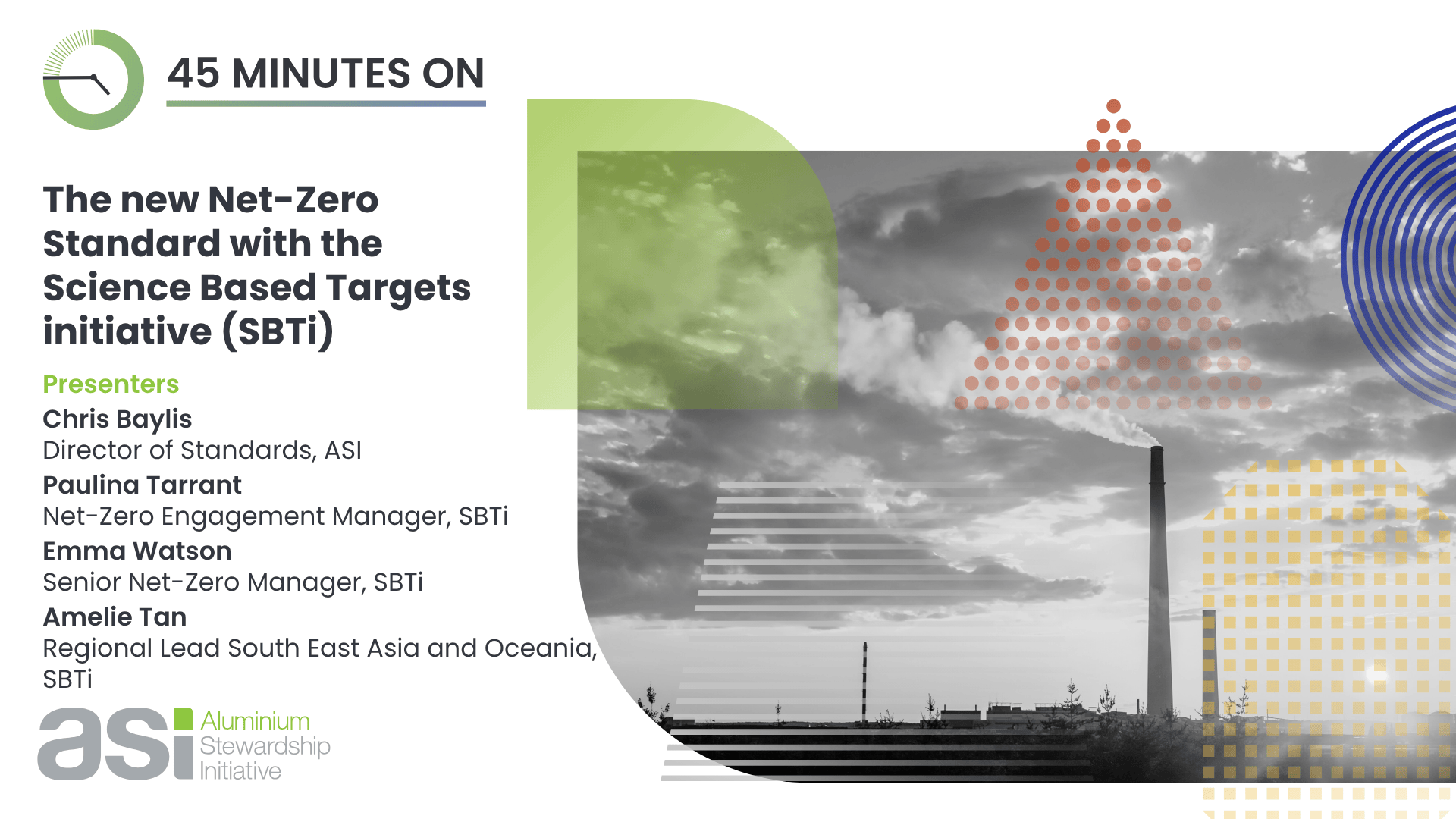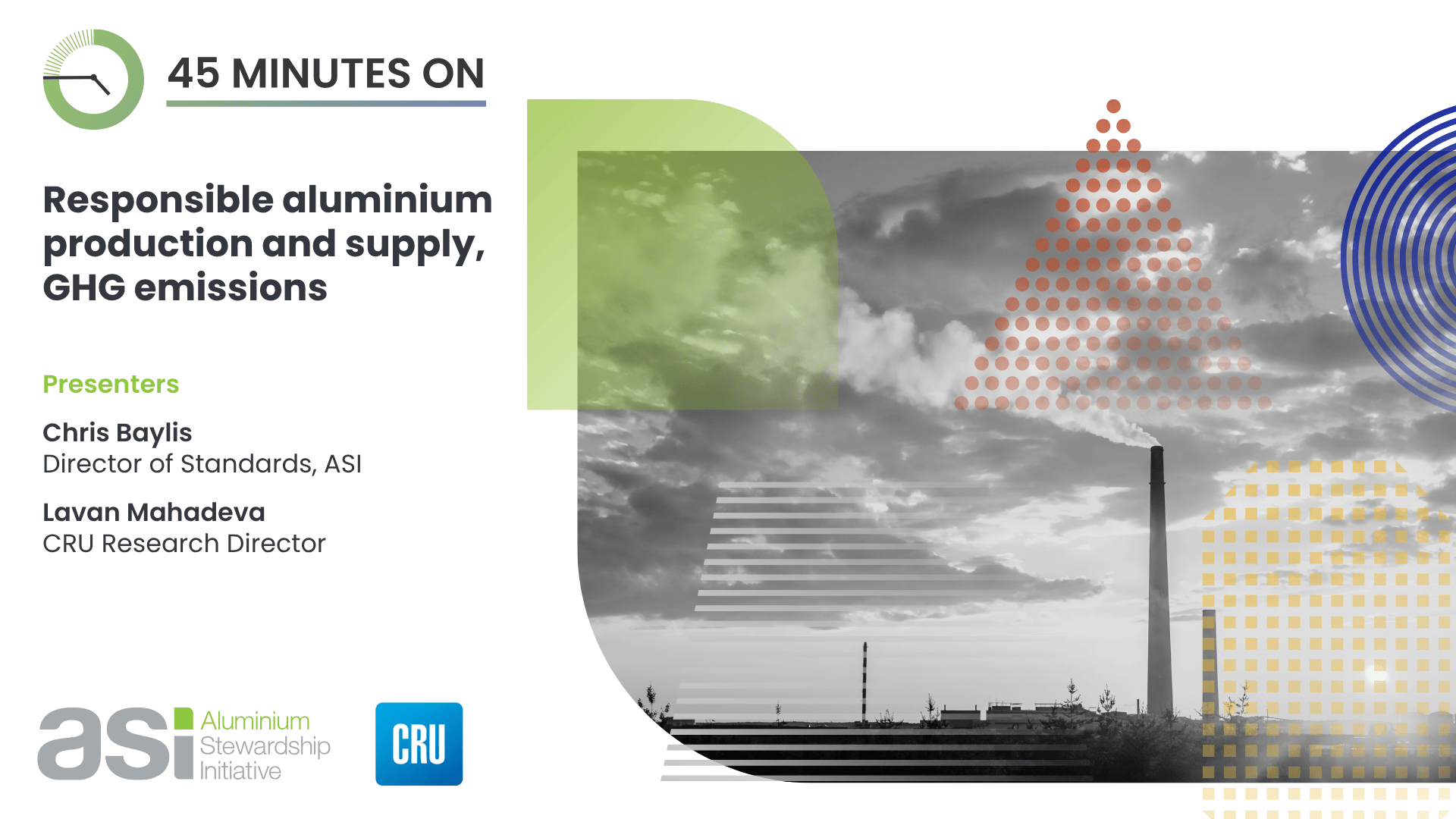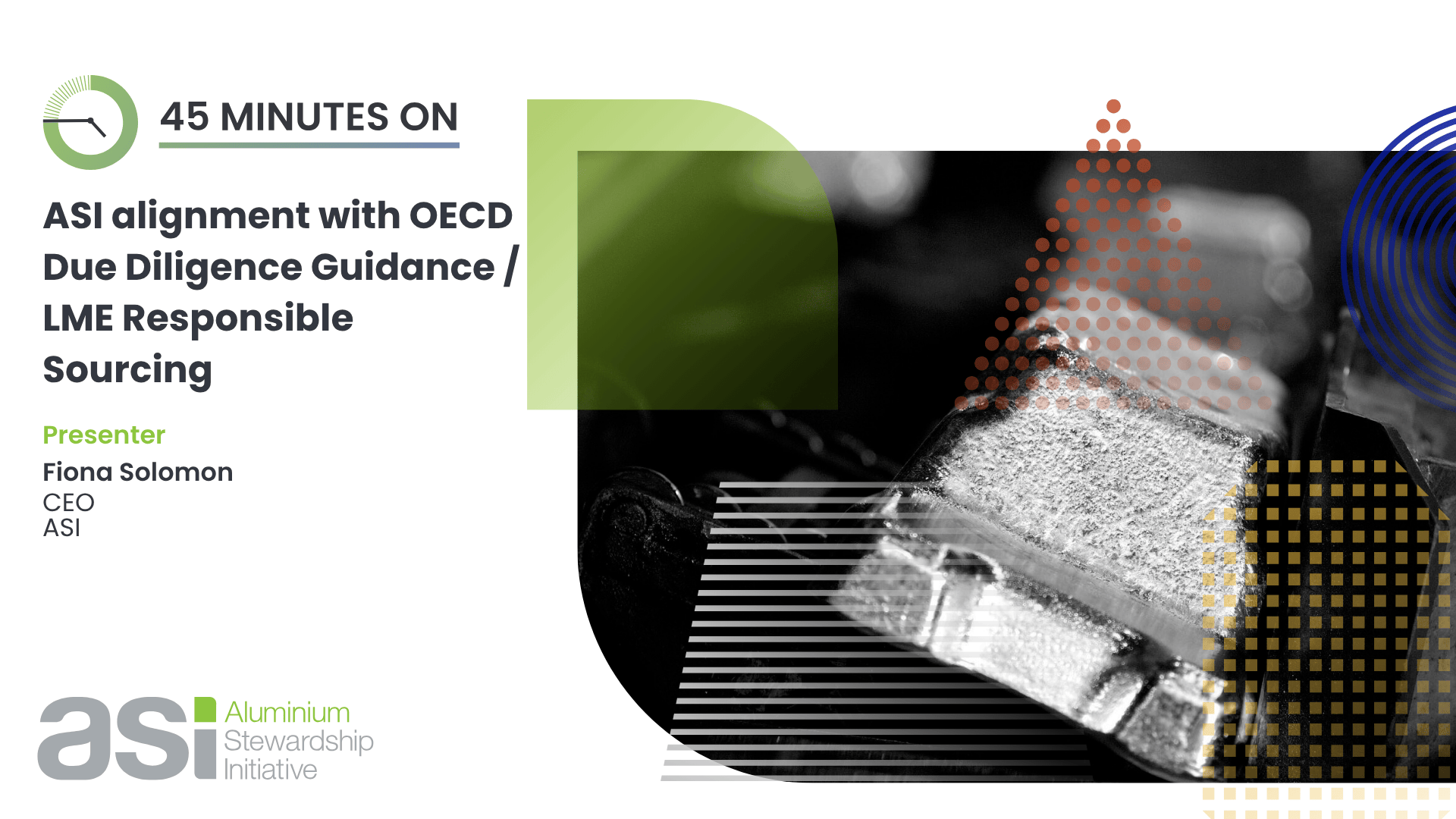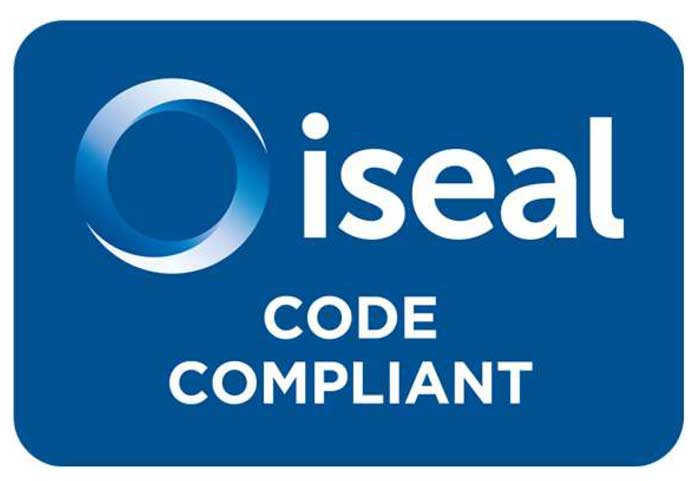Climate change
Drive 1.5°C aligned climate ambition, emissions reduction and adaptation actions across the aluminium sector
Our Climate Change work supports the aluminium value chain to align with a below-1.5 °C pathway by advancing transparent GHG accounting, credible reduction plans across mining, refining, smelting and downstream manufacturing. Through clear expectations in the Performance Standard V3 (2022), technical guidance and collaborative initiatives, ASI is helping to accelerate decarbonisation, strengthen accountability, and contribute to a resilient, low-emissions future for the aluminium sector.
In this context, ASI’s goal is to reduce the aluminium sector’s emissions in line with climate science. Beyond defining threshold emissions intensity performance for aluminium smelters, ASI’s Performance Standard V3 (2022) mandates all Entities to establish targets and plans to reduce direct and indirect emissions in line with 1.5°C aligned pathways. From May 2024 these targets are being calculated using the ASI-developed and endorsed GHG Pathways Method. The ASI Performance Standard also demands annual disclosure of independently verified emissions data by all certifying Entities.
Watch: Aluminium & Climate essentials
Get an overview of the sectoral challenges for achieving the 1.5C pathway, including primary production, recycling, procurement and more.
Key elements
- 1.5°C GHG emission pathways for all certifying Entities, using ASI GHG Pathways Method and Calculation Tool. The GHG Pathways Decision Tree assists with the choice of base year and evidence requirements.
- GHG emissions reduction plans for all certifying Entities
- Direct and indirect emissions included:
- Primary production: cradle-to-gate pathways (scopes 1,2 & upstream 3)
- Downstream procurement pathways (scope 3 category 1).
- Casthouse and semi-fabrication process pathways (scopes 1 & 2)
- Additional smelter emissions intensity thresholds are designed to exclude new coal-fired production from certification but to allow existing coal-intensive producers to certify by reducing their emissions along aggressive emissions reduction pathways
- A cradle to gate or ‘mine to metal’ approach to smelter thresholds includes emissions from bauxite mining, alumina refining, transport and carbon footprints of other inputs to the process (scope 1, scope 2, scope 3 categories 1,3 and 4)
- Public disclosures of GHG data as a critical component of transparency, with independent verification before publication
- The wide scope of the ASI Performance Standard aims to ensure that emissions reduction does not come at the expense of other critical environmental, social and governance (ESG) risks
- The ASI Chain of Custody Standard provides a mechanism for cradle to gate emissions data to be connected to metal flow through optional carbon footprint disclosure, no matter where in the value chain the Entity operates
Projects and activities
Partnering with CRU Group on data alignment for their Emissions Analysis Tool, to support access to GHG data at the asset level, filter greenhouse gas emissions benchmarking curves by ASI Certification status, and understand Certification along specific supply chains to support chain of custody
Partnering with International Aluminium Institute and RMI on projects to develop Entity-level 1.5°C pathway methodologies
Active in Mission Possible Partnership, to encourage the use of common methods and standards and to use ASI’s Standards to drive change along a 1.5°C pathway
Active in the Aluminum Climate-Aligned Finance Working Group for the Center for Climate Aligned Finance to develop a robust methodology, net-zero roadmap, data access and scale to support lenders and clients on net-zero targets for aluminium portfolios
Science Based Targets Initiative Technical Advisory Group representative, seeking to align SBTi approaches with ASI-developed methods, potentially through a revised SBT Sectoral Decarbonization Approach (SDA)
Climate Change and related documents
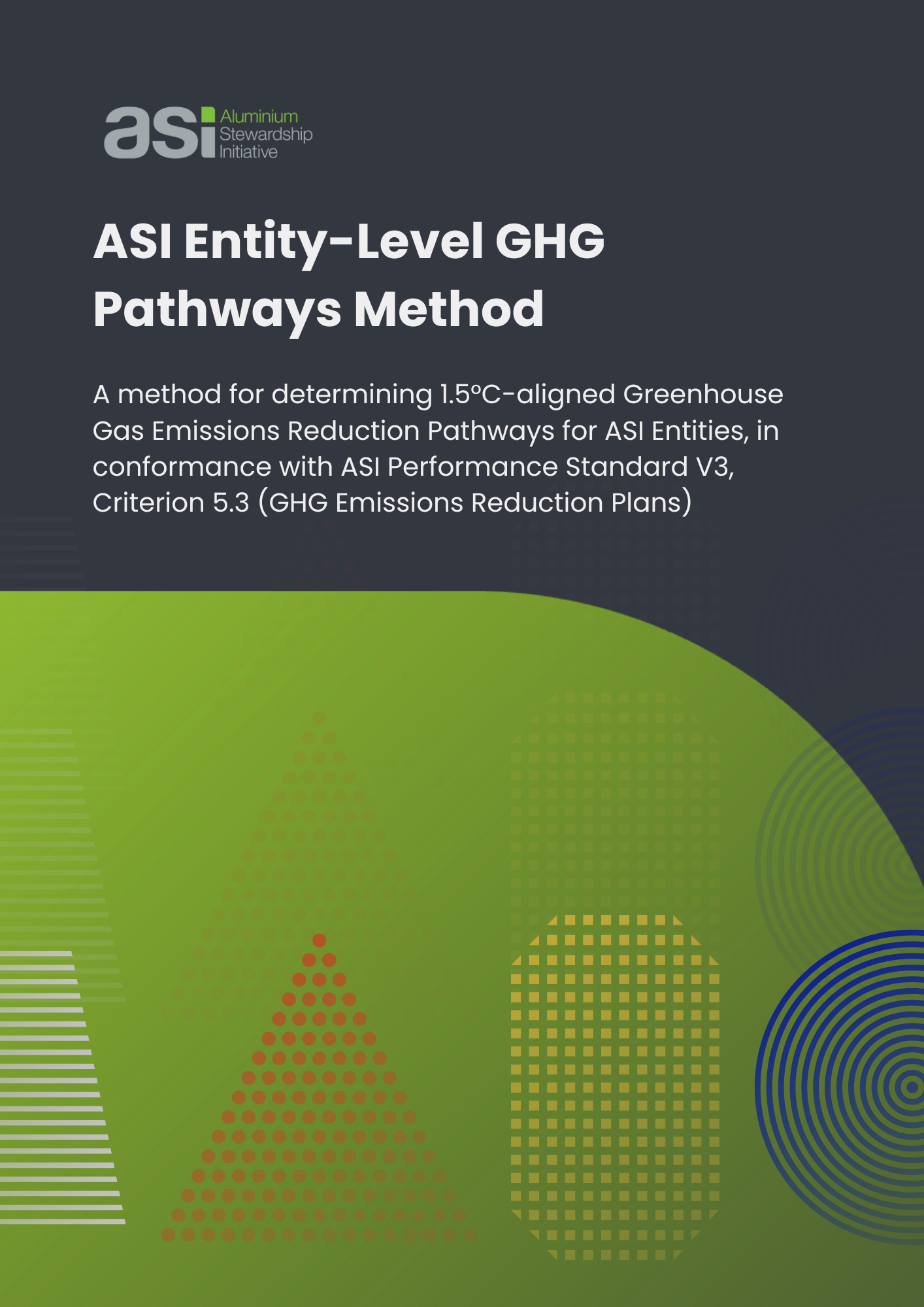
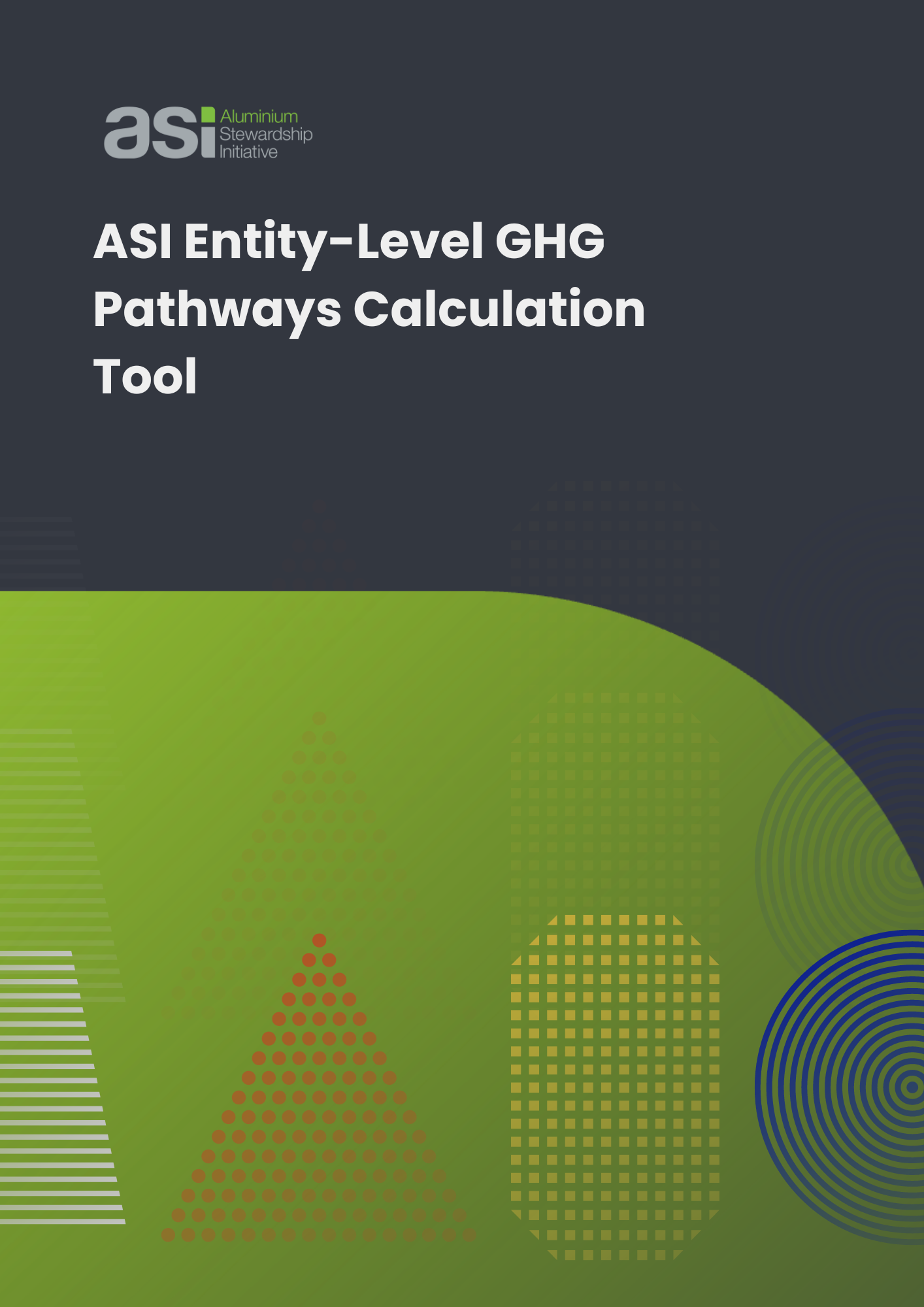
DOWNLOAD
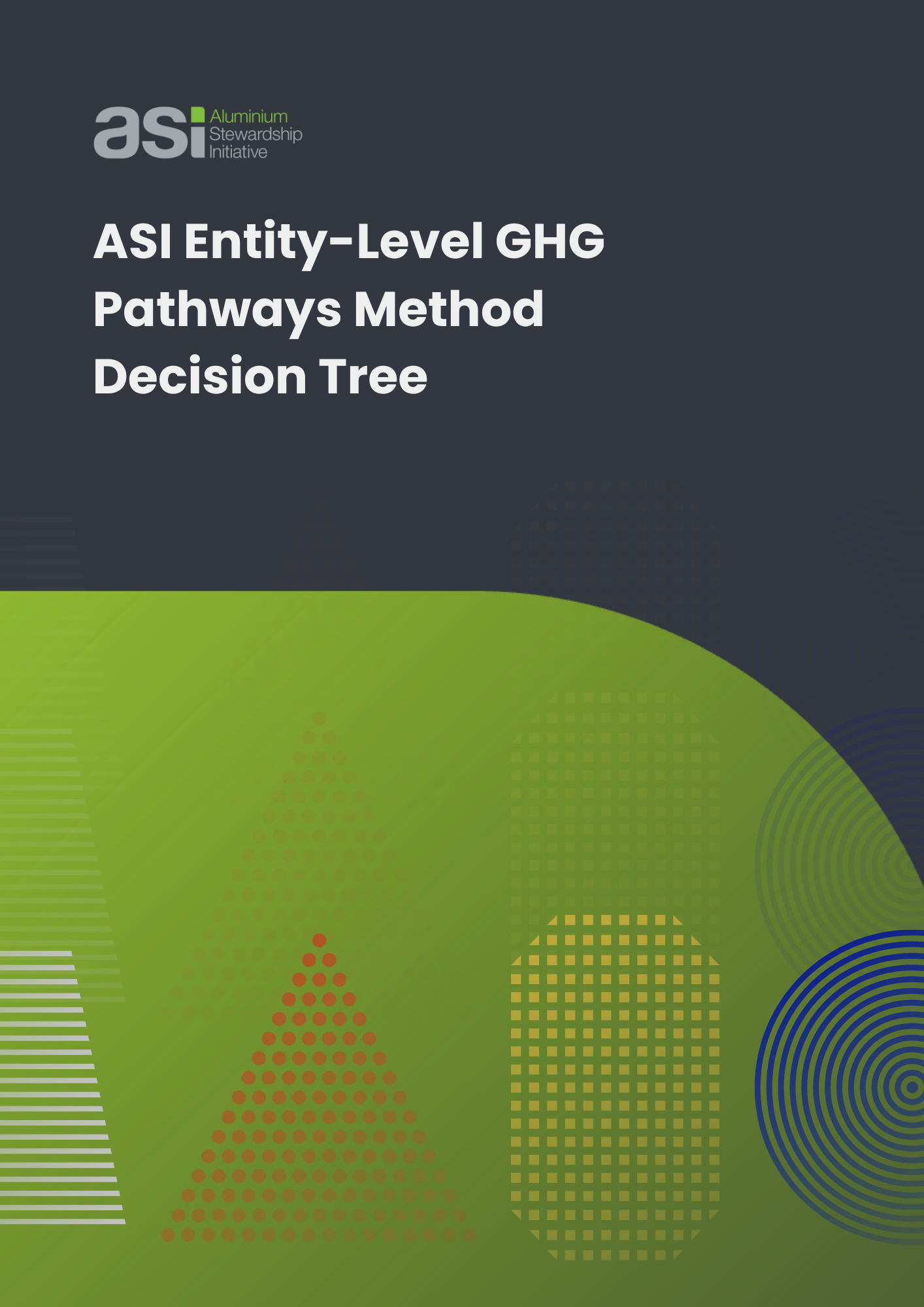
DOWNLOAD

DOWNLOAD
Climate Change and related videos
Climate Change newsfeed
ASI’s approach to Business Travel GHG Emissions
ASI is committed to transparency in reporting our Greenhouse Gas Emissions from business travel. We calculate and publish this data each year to demonstrate credibility, understand our travel-related impact, track trends over time, and support better decision making.
International GHG Workshop in Shanghai
More than 250 people attended an International Aluminium Supply Chain GHG Accounting and Emission Reduction Pathways Workshop held in Shanghai on 11 July 2025, which was hosted by the International Aluminium Institute (IAI) and supported by ASI.
Tracking Progress: GHG Targets Among ASI Certified Aluminium Smelters
ASI is committed to a 1.5°C-aligned future. Certification data shows improvements in GHG Target setting performance among currently certified smelters since 2020.
More info
- Low-carbon aluminium
- Climate COP 26 outcomes and ASI alignment
- ASI’s position and direction on a 1.5°C pathway aligned aluminium sector
- GHG emissions disclosures
- ASI Entity GHG Pathways Method (pdf) – Document Centre under ‘Tools’
- ASI Entity GHG Pathways Calculation Tool (xlsx) – Document Centre under ‘Tools’
RELATED TOPICS:
SHARE THIS PAGE:

